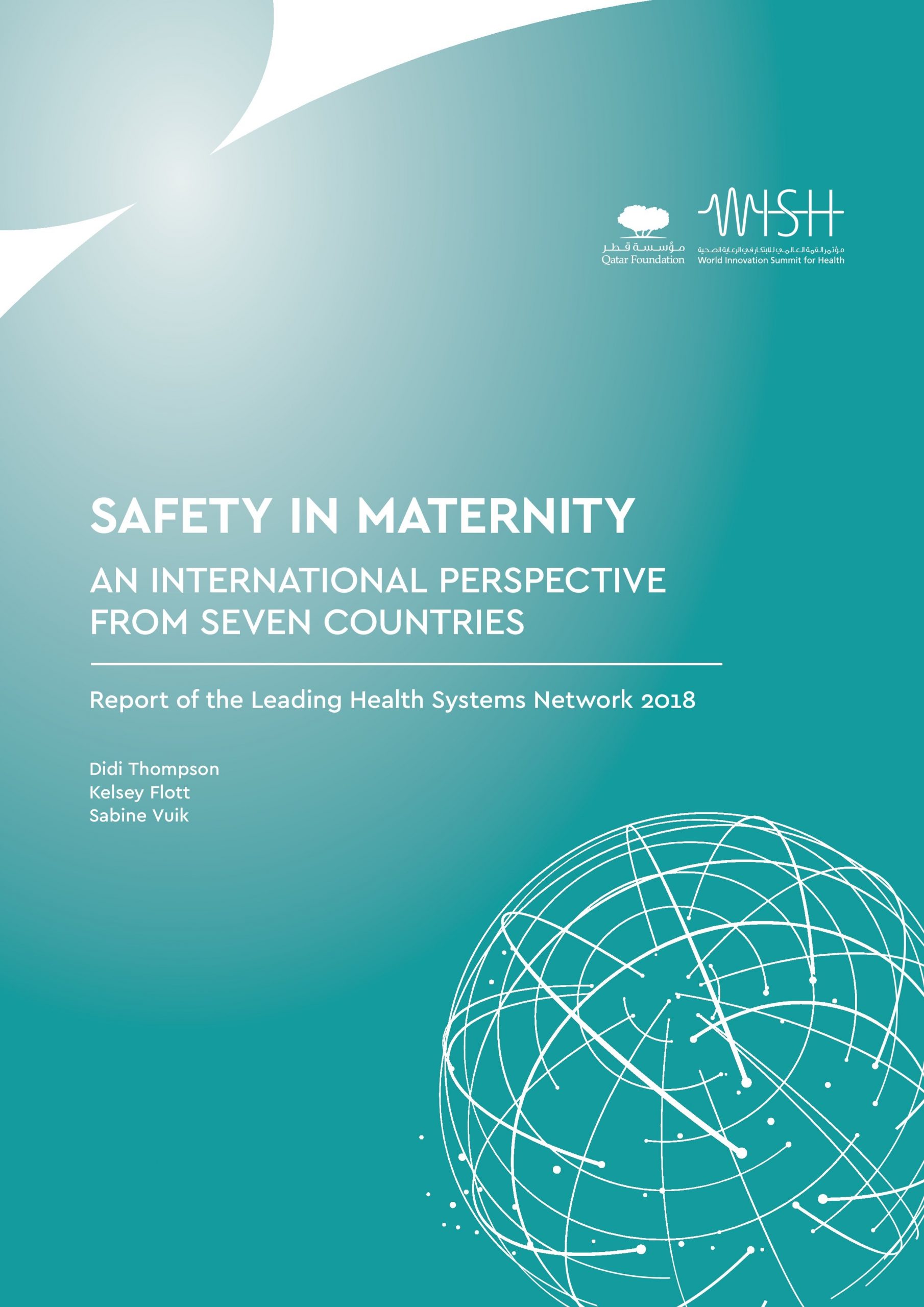Executive Summary
The fact that patient safety is an important issue in healthcare is not up for debate. Childbirth is one of the most common reasons for hospital admission globally, and we have made significant progress in making childbirth safer for mothers. However, potentially preventable cases of maternal mortality and morbidity are still all too common.
Seven LHSN member organizations came together to compare safety culture and safety outcomes within maternity, and this report summarizes the results of this effort.
Participating organizations vary greatly in terms of population health and care models, making direct performance rankings irresponsible, if not impossible. However, much can be gained by comparing results with a view to identifying areas for improvement and learning from other systems.
Our results suggest that the organizations in our sample provide fairly safe care, particularly when compared to similar metrics from outside sources. Similarly, safety culture appears positive on the whole, though certain areas such as appropriate staffing levels may warrant further investigation.
Assessing the current care environment is a necessary first step to identify and inform priority areas for improvement. All healthcare providers, even high-achieving performers, have an obligation to continue to improve the safety of their maternity services. Doing so will improve the lives of mothers and babies, and also help to rein in unnecessary costs attributable to unsafe care.

